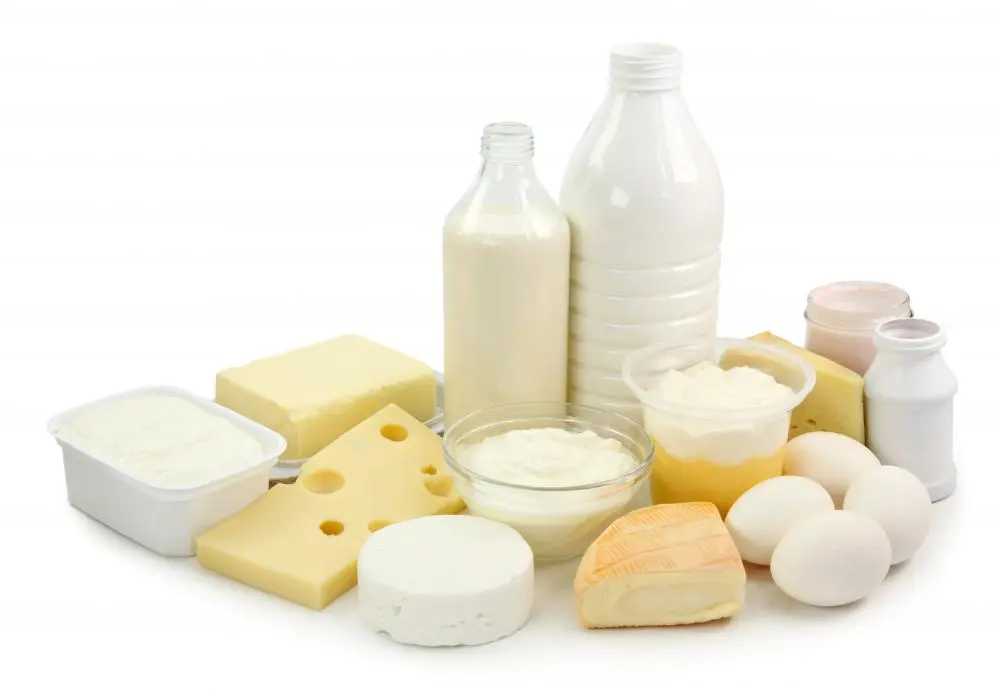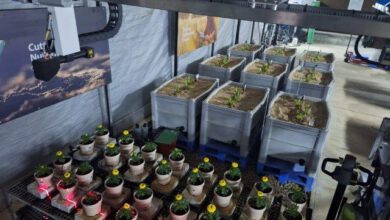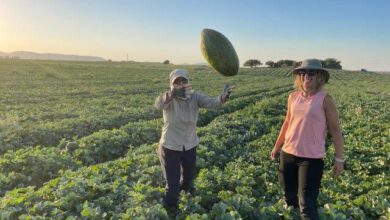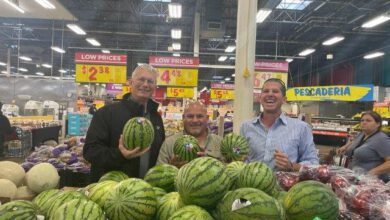by dr. moshe shemesh, department of food quality and safety, institute for postharvest technology and food sciences, agricultural research organization (aro), the volcani center, israel.
abstract
microbial spoilage remains a leading cause of global food loss, despite advances in food preservation techniques. dairy products constitute one of the leading sectors impacted by food losses. a major source of the contamination of dairy products is often associated with bacterial attachment and subsequent biofilm formation on the surfaces of milk processing equipment. therefore, preventing the bacterial surface-attachment will enable the development of novel means to improve dairy products microbial quality.
introduction
microbial damages caused by bacteria in the dairy industry are a fundamental threat to the safety and quality of milk products. many bacteria in industrial settings tend to form multicellular communities known as biofilms. a self-produced matrix that consists mainly of sugars and proteins (which form a physical barrier) protect individual cells in the biofilms. thus, biofilm formation represents one of the most successful strategies of bacteria to survive unfavorable environmental conditions, for instance in the food industry. in order to ensure the safety and quality of dairy food, there is a fundamental requirement of effective cleaning and sanitizing procedures. otherwise, residual spores and bacteria on inadequately cleaned surfaces can quickly form multicellular biofilms that are extremely difficult to remove. biofilms are not only a potential source of contamination, but can also increase corrosion rate, reduce heat transfer and increase fluid frictional resistance. therefore, mitigation of biofilm forming species will enable the development of novel means and technologies for preventing biofilm formation and subsequent contamination of dairy products. we are currently developing three different approaches to control biofilm formation: (1) a model system to evaluate the cleaning and sanitizing effectiveness of milking equipments on dairy farms; (2) a novel super-hydrophobic surfaces which minimizes bacterial adhesion and subsequent biofilm formation; (3) searching for natural molecules capable of inhibiting the signal transduction pathway responsible for biofilm formation.
1) developing a model system to evaluate the cleaning effectiveness of milking equipments on dairy farms
we have developed the model system to evaluate the cleaning outcome based on bacillus spores (fig.2), which are surrounded by exopolymeric-substances produced by bacteria during biofilm formation in special media1,2. the spores applied on sampling plates are mounted on t-junctions protruding from the main loop to resemble different levels of cleaning difficulty1. the cleaning tests are conducted using commercial alkaline cleaning solutions at conditions which are relevant to actual farm environment. the cleaning effect is evaluated by comparing the numbers of spores (attached to sampling plates) before and after cleaning. thus, our results indicate that the developed model system can simulate actual farm conditions for proper evaluation of the effectiveness of cleaning and disinfection solutions1.
2) developing novel surfaces which minimize bacterial adhesion and subsequent biofilm formation
since adhesion is the initial and most important stage for successful colonization of bacteria, we aimed to devise a technique that could be applied on surfaces used in food and other industries. thus, we developed novel surfaces that would prevent the adhesion of bacteria and consequently reduce biofilm formation. this project is carried out in collaboration with prof. boaz pokroy from the technion, israel. using bio-derived smart technology, we identified several wax-based super-hydrophobic surfaces, which minimize bacterial adhesion3. to test the efficacy of the generated surfaces, we examined the interactions of bacteria with wax-coated stainless steel, glass, and polystyrene substrates. it was demonstrated that our modified surfaces passively (with no toxic effect) and almost completely prevent the formation of biofilms by two different pathogenic bacteria, b. cereus (gram positive) and p. aeruginosa (gram negative) (fig. 3), both considered to be extremely problematic bacteria in clinical as well as in industrial settings. moreover, we further found that such wax surfaces can be formed on a great variety of materials and intricately shaped surfaces, making the technology potentially feasible for various medical and industrial applications3.
3) identifying natural molecules capable of blocking the signal transduction pathway responsible for biofilm formation
biofilm-forming bacteria established in milking installations are a continuous source of dairy products contamination. biofilm formation depends on the synthesis of an extracellular matrix that holds the constituent cells together. in bacillus subtilis, the model organism within the gram positive bacteria, the matrix has two main components, an exopolysaccharide (eps) synthesized by the products of the epsa-o operon, and amyloid fibers encoded by tasa located in the tapa-sipw-tasa operon2,4. both operons are under indirect control of the master transcriptional regulator, spo0a, the activity of which depends on its phosphorylation state. we have recently identified some of the signaling molecules that trigger biofilm formation, which enabled the understanding of the molecular mechanism of biofilm formation by the members of the bacillus genus2,5. understanding the signaling mechanism for biofilm formation allows us to develop innovative approaches to prevent or delay the adherence and establishment of bacteria to surfaces used in the food industry.we are currently identifying different natural molecules capable of inhibiting the signal transduction pathway responsible for biofilm formation(fig. 4), which will enable the development of approaches to prevent or inhibit the adherence of bacteria to the surfaces used in the food industry.
in conclusion, since biofilm bacteria represent a considerable threat to dairy food safety and quality, we believe that development of novel means and technologies for the inhibition of biofilm formation will open opportunities for important innovations leading to the reduction of dairy food losses.





